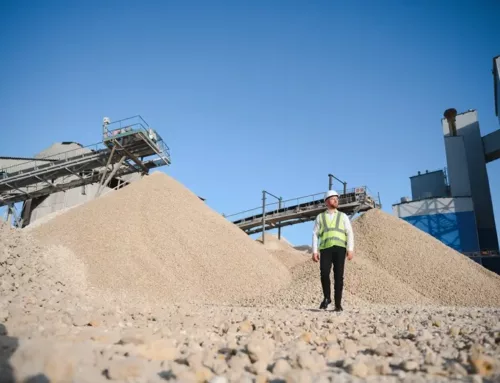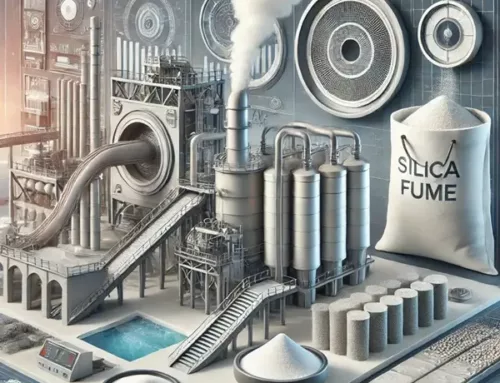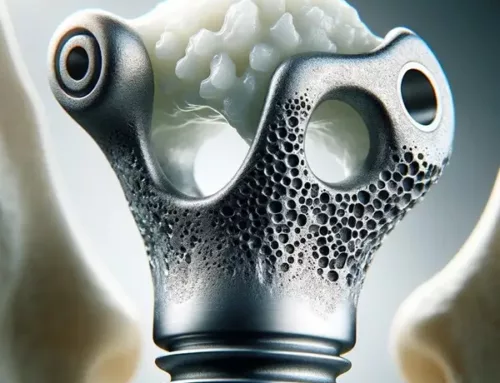
In the 1920s and 30s, Sweden faced a dairy surplus. To address this, a marketing strategy promoted fresh pasteurized milk as a healthy daily staple. This campaign spurred the dairy industry’s growth but highlighted milk’s perishability. Milk serves as an excellent medium for microorganism growth, making it highly perishable. To ensure safety, milk requires pasteurization and processing within 24 to 48 hours after milking, preserving its nutritional and functional properties.
Pasteurization and Preservation
The pasteurization process, first used in 1862, removes microorganisms, allowing milk to last months instead of just days when refrigerated. However, before milk powder, there was no other effective way to prevent milk from separating and spoiling quickly.
Maria Johanna Kronberg’s Milk Powder Invention
In 1934, inventor Maria Johanna Kronberg patented a milk powder process. Although the milk industry initially rejected her innovation, her method gained traction in 1938 when Semper (formerly Svenska Mjölkprodukter AB) adopted it. Kronberg’s process laid the foundation for milk powder’s global use, which has since become integral in food production.
Benefits of Milk Powder
Milk powder offers several advantages over fresh milk. It does not require refrigeration, has a longer shelf life, and is easier to transport. Unlike liquid milk, it remains stable without separating, as dehydration prevents microbial activity. As a filler, milk powder enhances structure and consistency in products. It finds applications in soups, sauces, baked goods, milkshakes, yogurts, chocolate, and infant formulas, serving as a sweetener, stabilizer, or nutritional fortifier. However, it does have drawbacks, such as the risk of caking and the Maillard reaction during storage.
Ensuring Milk Powder Safety
Producing safe milk powder requires meeting strict hygiene standards. Both liquid and powdered milk must be pasteurized and handled properly to avoid foodborne illnesses. Products like nonfat dry milk and dry whey powder must comply with the Codex Alimentarius, which sets standards for contaminants, hygiene, and best practices in milk processing. By adhering to these guidelines, manufacturers ensure consumer safety and avoid negative publicity.
Key Components of Milk Powder
Lactose, casein, and whey are the primary compounds of interest in milk powder. These components provide high nutritional value and are essential in food processing. Spray drying, drum drying, or freeze drying are the main methods used to transform liquid milk into powder. The process begins with milk testing, pasteurization, and cream separation. Through spray drying, preheated milk is atomized into fine droplets and dried at around 200°C, removing moisture and yielding milk powder with low water activity, inhibiting microbial growth.
The Maillard Reaction: Benefits and Challenges
While milk powder production is simple in theory, its complex composition leads to challenges like spoilage. Roughly 33% of milk is wasted, partly due to bacterial contamination by organisms like Pseudomonas. Pasteurization helps but does not fully solve spoilage issues, as high temperatures can alter flavor.
The Maillard reaction presents another challenge in milk powder production. This reaction, between milk proteins and sugars, causes browning and can affect flavor, texture, and solubility. Although beneficial for flavor in some foods, it is undesirable in milk powder, as it leads to clumping and reduced product quality.
Conveying Challenges in Milk Powder Processing
During production, milk powder often requires pneumatic conveying, which can lead to stickiness due to its fat and lactose content. The high hygroscopic nature of milk powder increases the risk of caking and flow issues. Over time, powder deposits may build up inside pipelines, reducing flowability and causing equipment downtime. Protein unfolding from mechanical stresses can further destabilize milk powder, impacting its solubility.
Storage Considerations for Milk Powder
Proper storage is crucial for milk powder stability. High temperatures during storage can trigger the Maillard reaction, leading to browning, especially with the presence of reducing sugars, fats, and metal ions like copper and zinc. This reaction also reduces pH levels over time due to lactose-amino acid interactions, though it does not usually impact product safety.
Summary
To fully understand milk powder processing, extensive testing is necessary. The Maillard reaction, in particular, requires monitoring to prevent negative effects on product quality. Working with specialized particle research labs can help manufacturers find solutions, as the reaction also affects other industries, sometimes creating carcinogenic byproducts like acrylamides in starchy foods. Continuous innovation and sample testing in dedicated laboratories are essential for improving milk powder processes and managing unwanted reactions.




